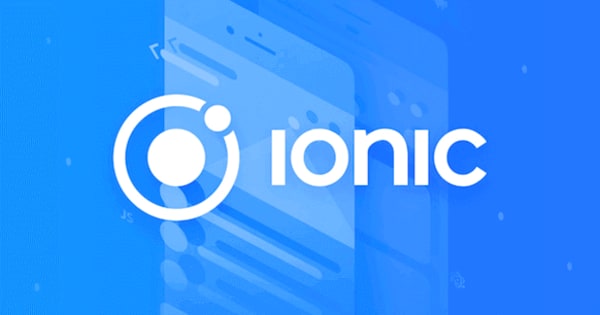I’ll introduce how to launch iOS apps in simulator with Ionic Framework.

Ionic prerequisite environment
ionic -v
# 3.19.1
cordova -v
# 8.0.0
Build iOS app with Ionic
First, build the iOS app with the ionic cordova command.
ionic cordova build ios
A lot will be output, but if BUILD SUCCEEDED is displayed, it’s successful.
> cordova platform add ios --save
Using cordova-fetch for cordova-ios@~4.5.4
Adding ios project...
...
** BUILD SUCCEEDED **
Launch with Xcode
Running ionic cordova build ios generates files like the following in the platforms/ios directory.
$ ls -l platforms/ios
total 32
drwxr-xr-x 7 youruser staff 238 2 21 22:20 CordovaLib
drwxr-xr-x 4 youruser staff 136 2 21 22:21 build
drwxr-xr-x 26 youruser staff 884 2 21 22:20 cordova
-rw-r--r-- 1 youruser staff 48 2 21 22:21 frameworks.json
-rw-r--r-- 1 youruser staff 2951 2 21 22:21 ios.json
drwxr-xr-x 14 youruser staff 476 2 21 22:20 your-app
drwxr-xr-x 3 youruser staff 102 2 21 22:20 your-app.xcodeproj
drwxr-xr-x 4 youruser staff 136 2 21 22:20 your-app.xcworkspace
drwxr-xr-x 7 youruser staff 238 2 21 22:21 platform_www
-rw-r--r-- 1 youruser staff 860 2 21 22:20 pods-debug.xcconfig
-rw-r--r-- 1 youruser staff 859 2 21 22:20 pods-release.xcconfig
drwxr-xr-x 12 youruser staff 408 2 21 22:21 www
Opening the file with .xcodeproj extension will launch Xcode.
open platforms/ios/your-app.xcodeproj
Finally, clicking the ▷ play button in Xcode will launch the iOS Simulator, allowing you to test the iOS app developed with Ionic Framework.
That’s all from the Gemba where I want to develop iOS apps with Ionic Framework.